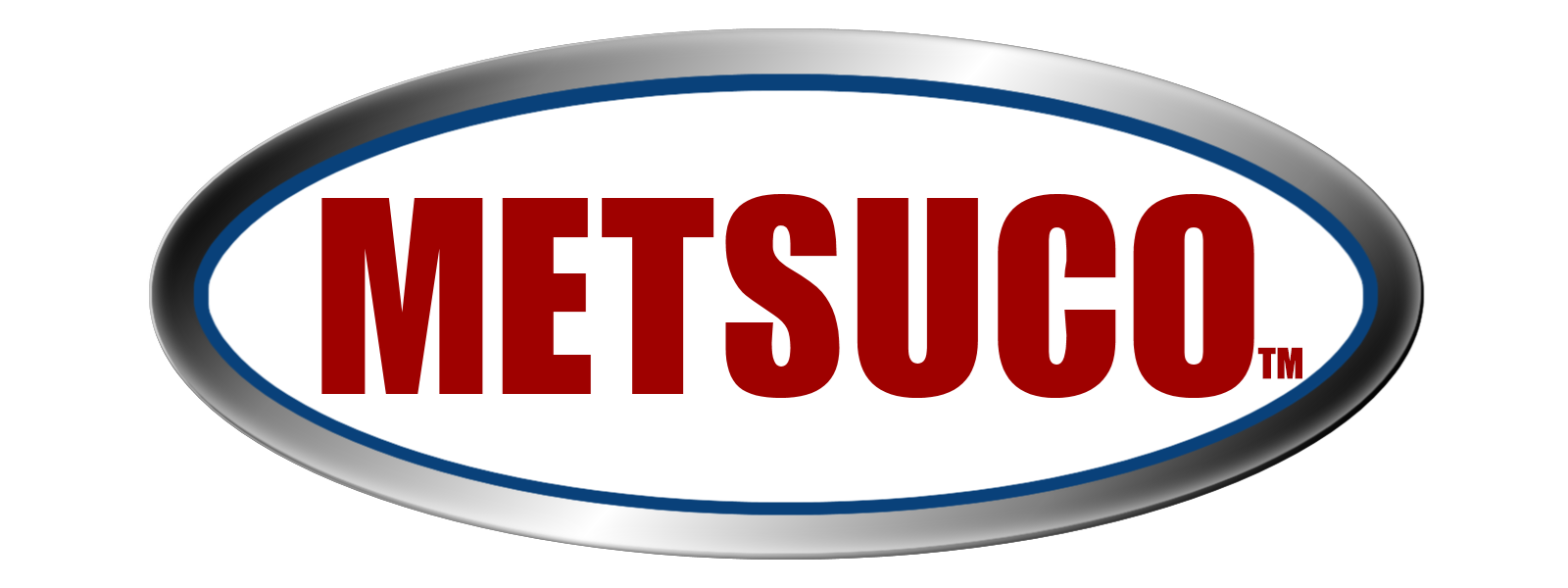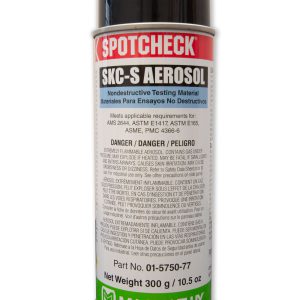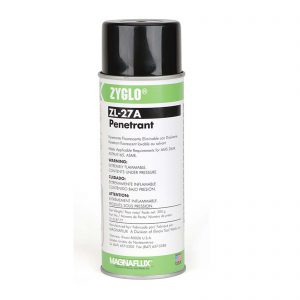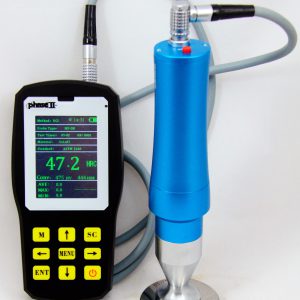No products in the cart.
Return To ShopNon-destructive testing for Oil and Gas Industries
Non-destructive testing for Oil and Gas Industries is essential, whether it is in regard to refineries, pipelines, floating/fixed platforms, drilling rigs, tanks, vessels, heat exchangers or other equipment, the ability to test for integrities, hardness and delamination is crucial to safety and cost. Here at Metallurgical Supply Company, we carry a wide range of non-destructive testing products used by the oil and gas industry. Here, we will cover a few of the common tests that are used by testing professionals in the Oil and Gas industry.
Liquid Penetrant Inspection
Liquid Penetrant Inspection, also known as dye penetrant inspection, is a cost-effective method used to locate surface-breaking flaws such as cracks, porosity, laps, seams, and other surface discontinuities. This method is also useful for testing on-site as it is portable.
The tested item is cleaned first before the penetrant is applied by dipping, spraying, or brushing. The penetrant is given time to soak into any defects, the penetration time dependent on the chosen penetrant and customer requirement. Afterward, the excess penetrant is removed, and the component is dried depending on the process used. Then a developer is applied. The developer helps to draw the penetrant out of the flaw and onto the surface to form a visible indication. A visual inspection is then performed by the inspector under ultraviolet or white light, depending on the type of penetrant used.
This method is highly useful for oil and gas industries as the test reveals surface flaws on parts and equipment which might not otherwise be visible. Its drawback however It can only detect flaws on the surface
Magnetic Particle Inspection
Magnetic Particle Inspection is a form of non-destructive testing that detects surface and slightly subsurface flaws in most ferromagnetic materials such as iron, nickel, and cobalt, and some of their alloys. Many oil and gas companies use magnetic particle inspection to detect surface cracks in welded areas through the use of fine iron particles in an electrical field.
With a magnetic particle inspection, a magnetic field is induced in the component being tested using a yoke. With Wet Magnetic Particle Testing, fluorescent magnetic particles suspended in water are then applied. There is also Dry Magnetic Particle Testing which does not need water. In either one, the process begins by running a magnetic current through the component. Any cracks or defects in the material will interrupt the flow of current and will cause magnetism to spread out from them. This will create a “flux leakage field” at the site of the damage. The second step involves spreading metal particles over the component. If there are any flaws on or near the surface, the flux leakage field will draw the particles to the damage site. This provides a visible indication of the approximate size and shape of the flaw.
Ultra-Sonic Testing
Ultrasonic testing plays a significant role in the oil and gas industry by being the go-to test for many different applications. It uses ultra-high-frequency sonic energy to locate and identify discontinuities in materials that are both on and below the surface of the material. Storage Tank Welds, pipe manufacturing, and Long-Seam Welds are just some of the practical applications of ultra-sonic testing. With an ultra-sonic tester, a probe has a vibration bar a 136-degree diamond at the end or also known as a Vickers. The vibration bar creates ultrasonic vibration. When the ultra-sonic energy passes through the material, the reflection on that energy indicates deformities. Cracks, holes, laminations, slags, cavities, porosities, bursts, lack of fusion, flakes, lack of penetration and other discontinuities that produce sharp boundaries are easily identified by ultrasonic testing. Other types of discontinuities that produce a more diffuse boundary are still identifiable because they will disrupt the sonic waves in a detectable manner.
Non-destructive tests safeguard all aspects of the oil and gas industries against costly, embarrassing, and even catastrophic, component and production failure. Choosing the right non-destructive testing equipment is critical to safeguard those tests to get accurate readings. Metallurgical Supply Company has been supplying the oil and gas industry with affordable Non-Destructive testing equipment for over 30 years. To find the ideal equipment for your inspection needs, contact us today at sales@metsuco.com or 713-827-0700

















